The Psychology of Black Friday and Retail Store Design
Gruen Effect in full effect inside a shopping mall in Lisbon, Portugal. Kit Suman, Unsplash
In Kanye’s world, Jesus is king. In the world of seasonal shopping, Black Friday is king. Companies using Black Friday to “officially” kick off the holiday season has bagged more than $6 billion in sales in 2018 alone as 165 million Americans shopped online and in-store—with some going as far as waiting in line in front of stores well before they have digested the turkey during the day of giving thanks.
As our shopping experiences have shifted more from retail to digital, companies design different psychological strategies but still aim for the same goal: to break down your critical thinking to appeal to your impulsive reactions. To understand this, we need to look at the Gruen Effect and the two psychological mindsets in which we shop.
The Psychological Frames of Shopping - Intention and Wander
Broadly speaking, there are two types of buyers: ones who shop with intent and ones who wander. The intenters have a goal in mind. Imagine buying groceries with a grocery list in hand.
Wanderers, on the other hand, browse. They walk around shops and cruise online stores aimlessly. They buy whatever catches their attention from clothes, food, gadgets, random home appliances, candy or a pack of gum at checkout.
It is more difficult to convince an intenter to buy something they don’t need because their attention is committed to their shopping list. Conversely, it is easier to convince wanderers to buy something because their attention is readily available. If we are able to go from being an intentional shopper into a wandering one, then we become more susceptible to buying more because brands can sell to us more.
The difference between an intentional shopper and a wandering shopper is the intentional shopper has critical thinking. To drive consumers into buying more spontaneously, brands design shops, malls, and online stores to break down, or get around this critical thinking. The end goal? To reveal the inner wanderer in all of us.
How Distractions Affect Consumer Behavior
Let’s examine this first in the retail experience.
Here, this starts with the Gruen Effect—named after Victor Gruen, the original pioneer of the modern American mall. The Gruen Effect describes the literal first step in wearing down our critical thinking. It’s the initial feeling of stepping into a mall and being completely bewildered by the mall’s dizzying array of sensory stimulation.
This is designed to disarm our critical thinking from the get-go. But the Gruen Effect is just the beginning. The entire experience of the mall is designed to be an overstimulating, multisensory experience to make consumers lose track of, and even worse, forget about their original shopping intentions. And the goal? To wear us out, leaving us vulnerable to the distractions waiting to jump at us, and the impulsive purchases waiting to dent our wallets. The senses are bombarded from all angles: non-stop music, vibrant signs, intentionally confusing floor plans, and large crowds follow.
Here’s how it plays out: Imagine you need to stop by the mall to buy a new pair of running shoes because your old pair is completely worn out. You walk through the crowds, smell the waffle stand, and pass Lids hats to get to Footlocker. You find a pair that looks good and fits your budget, but the attendant tells you they are sold out of your size. Then, you walk to the opposite side of the mall downstairs to Shoe Palace. While walking through, you pass by the Tumi store to buy Dad’s wallet for his birthday and also grab a quick bite along the way. Once you get to the store, you forget the first pair you wanted and opt for the coolest pair you saw as soon as you walked in. At the end of the day, not only did you spend more on a pair of shoes, but you also spend a few extra bucks on food and the wallet. Not exactly as you had planned.
Now let’s look at how this plays out in the online shopping experience. Here overwhelming and wearing down the customer with sights and sounds is not as feasible. However, eCommerce sites still have the same intention as any physical store: to get you to buy more. But instead of wearing down your critical thinking, online experience do their best to go around it.
For example, online stores add countdowns and show you how many stocks are left. Amazon’s user browsing experience succeeds to make shoppers stay on longer and shop for more. “People who bought this also bought…” or another form of recommended products serve to do exactly this. From endless pages, expiring deals, similar item lists, to personal suggestions, the experience has been well crafted throughout. These tactics are designed to elicit a quick, impulsive response which avoids critical thought altogether.
On Black Friday, these tactics are only amplified. Both online and offline, consumers feel the need to buy something on Black Friday simply because it’s only on Friday and Cyber Monday is only on Monday. The exclusivity of the holiday weekend induces binge-shopping behaviors, which helps explain the crowds and mobs of people in stores, and the frenzied clicking online. Another case where critical thinking is eroded and intentional shoppers are converted into wandering ones.
Seasonal Shopping Is a Universal Trend for Business
America gets a lot of attention for its seasonal consumerism. But all over the world, there’s the golden rule: When there’s a holiday, there must be a sale. China celebrates 11.11 Singles’ Day, on the eleventh of November. It is also known as “treat yourself” day, the antithesis of Valentine’s Day. This one-day shopping extravaganza by Alibaba, analogous to the Amazon of China, has generated over $12 billion in just the first hour in 2019, already more than all of Thanksgiving Weekend and Prime Day combined!
In 1978, 26 years after Gruen’s first commissioned mall, he disavowed the demoralization of mall developments into manipulation centers, saying he refused “to pay alimony for those bastard developments” after seeing how much shopping malls have developed sly tactics then. Fast forward to today, the convergence of technology, science, art, and design has enabled brands to use more and more neuromarketing tactics to optimize our consumer behavior to fall for more wander shopping experiences.
Come Black Friday, perhaps intentional shopping can be king. 🤔



What’s Next?
References
ABC13: Black Friday shoppers line up outside Best Buy in the Woodlands for days, Katherine Marchand
Channel News Asia: Alibaba Singles' Day sales hit US$12 billion in first hour
Forbes: Every Result You Need To Know From Black Friday, Cyber Monday And The Holiday 2018 Season So Far, Nikki Baird
Salesforce: Singles’ Day Stats You Won’t See Anywhere Else, James Johnson
Telegraph UK: They Have Ways of Making You Spend, David Derbyshire
99% Invisible: The Gruen Effect, Avery Trufelman
The Balance: What is Black Friday? Sales and Trend, Kimberly Amadeo

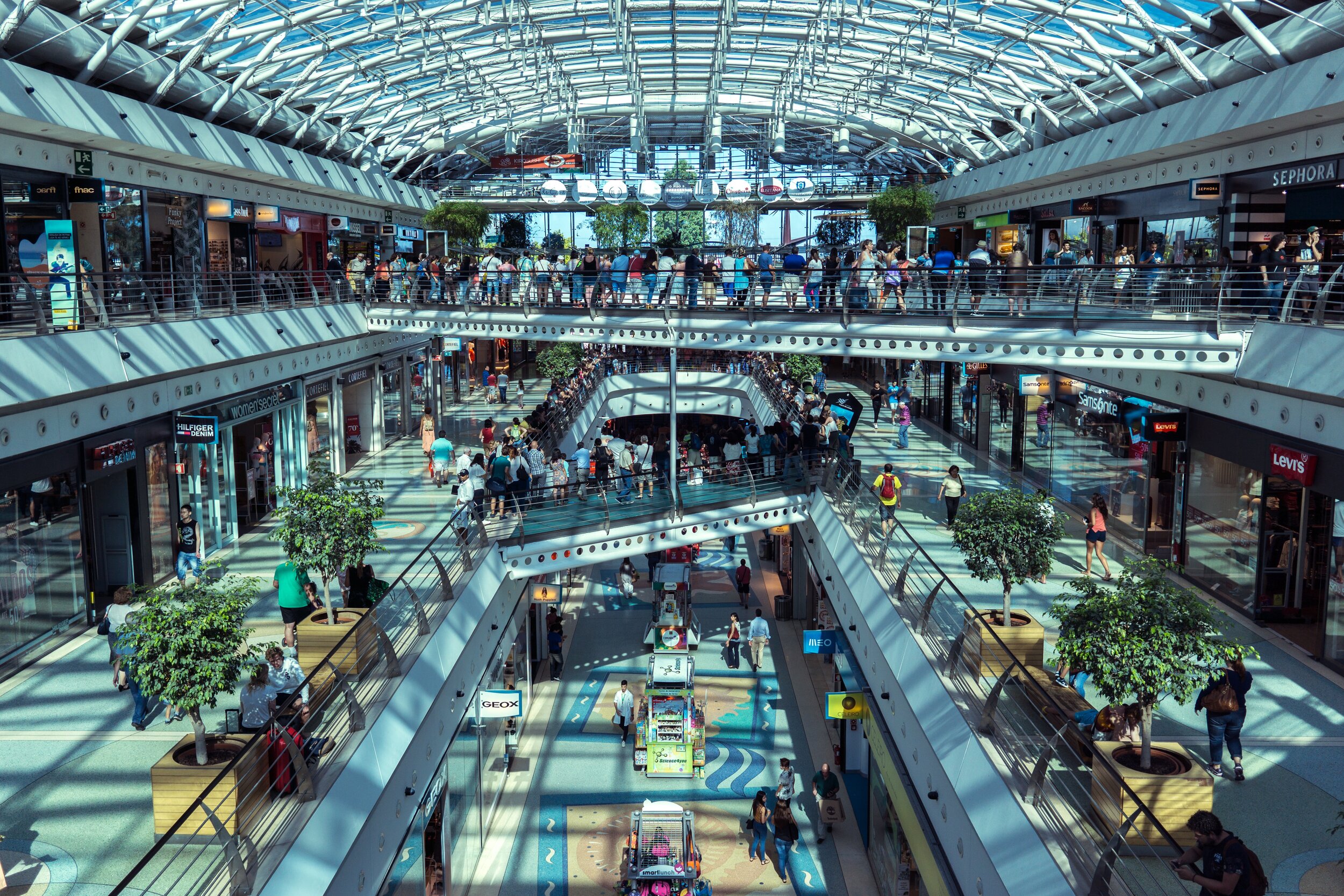





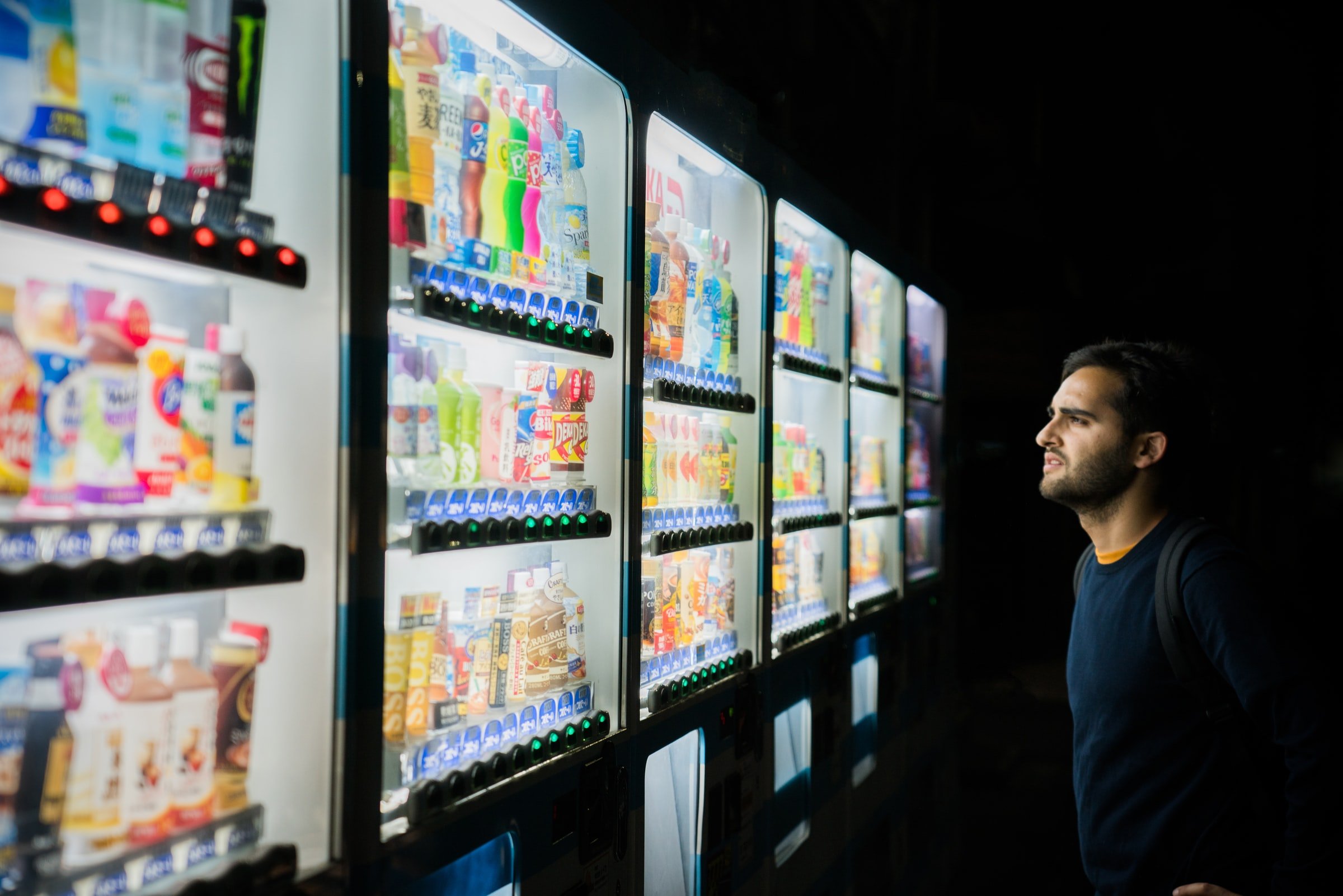

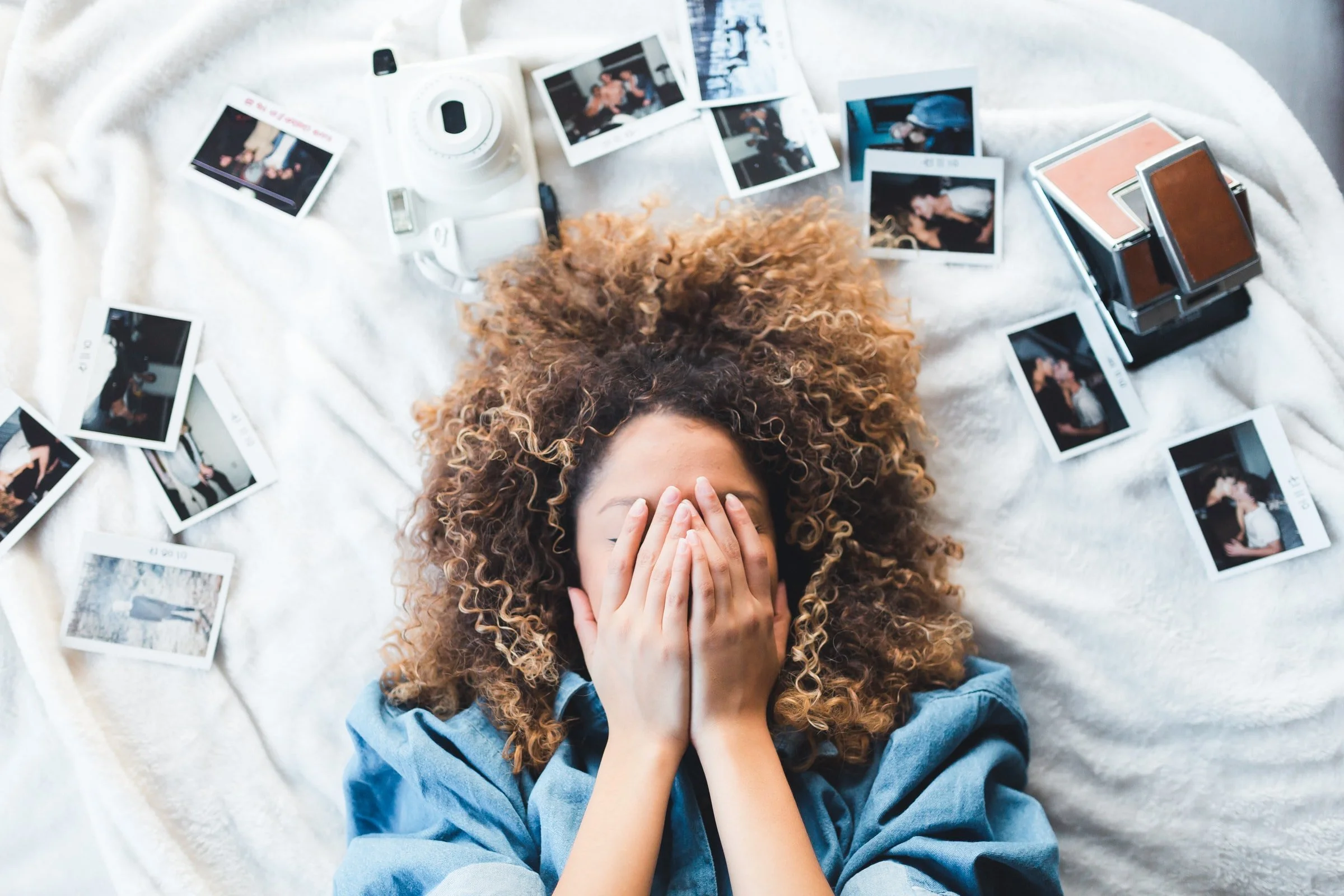









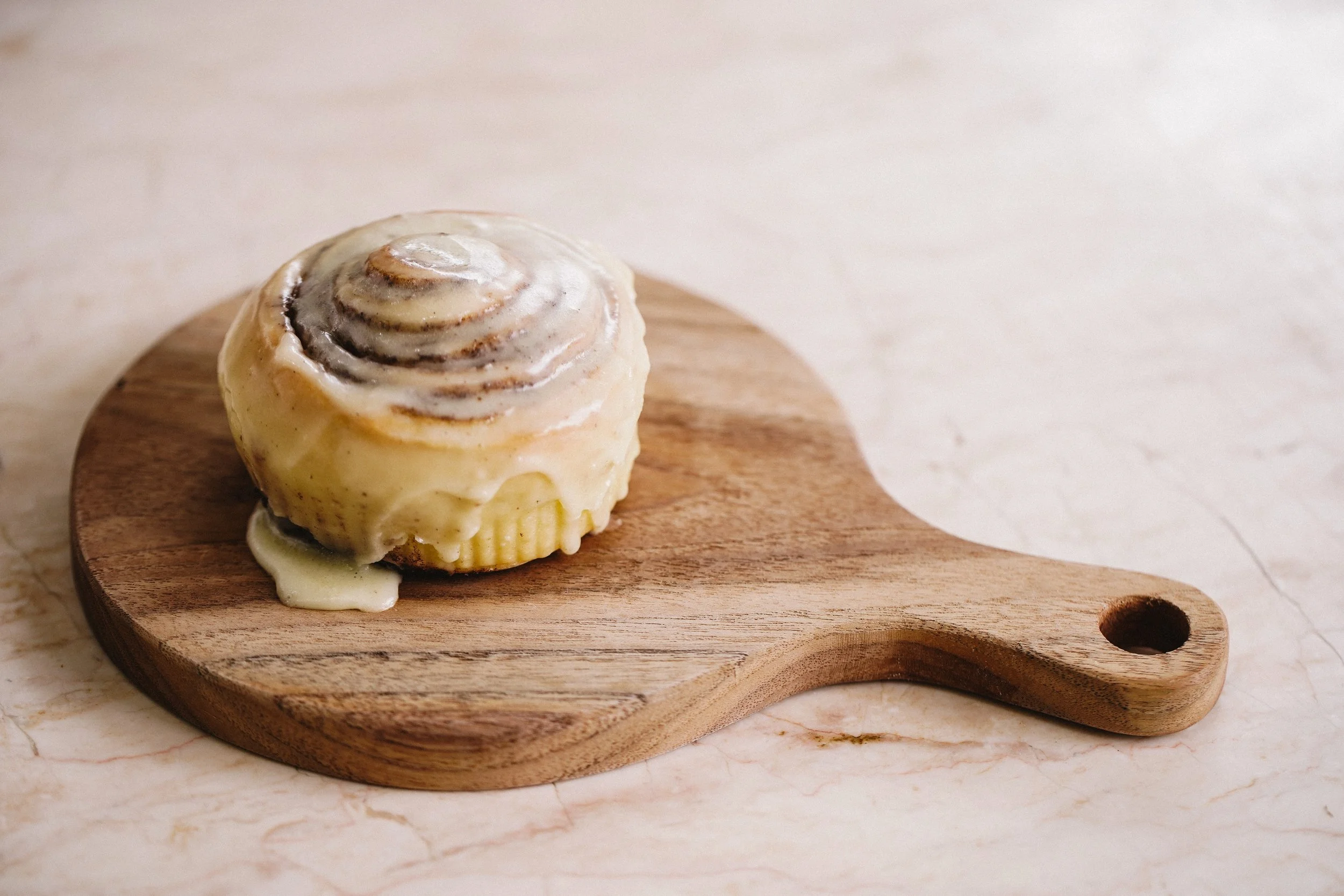








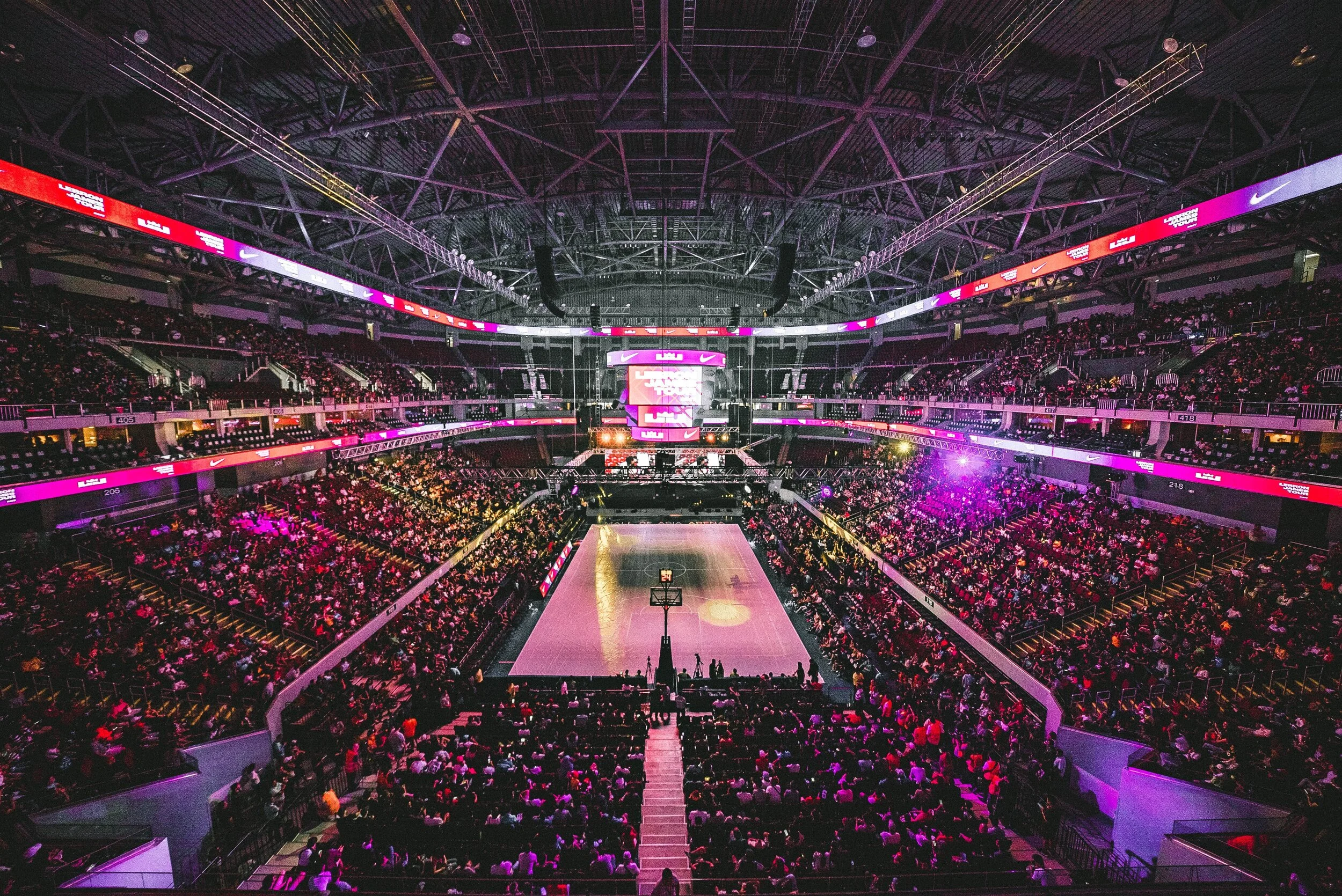



Dive into the fascinating intersection of psychology and marketing and how to use psychological biases in marketing strategy.